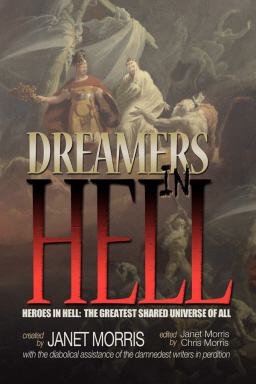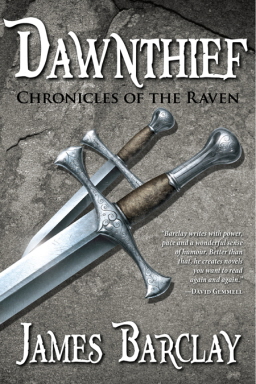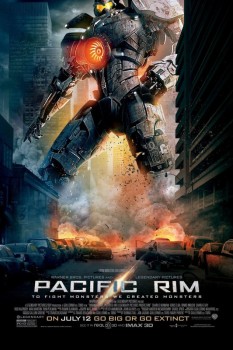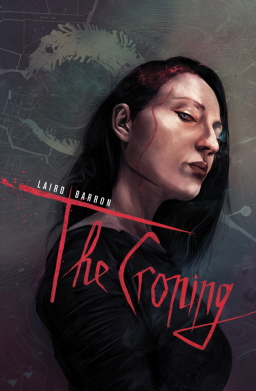Giving the Devil His Due: A Review of Dreamers in Hell
 Dreamers in Hell (Heroes in Hell, Volume 15)
Dreamers in Hell (Heroes in Hell, Volume 15)
Created by Janet Morris, edited by Janet and Chris Morris, and written “with the diabolical assistance of their damnedest writers.”
Perseid Press (478 pages, June 13, 2013, $23.95 in trade paperback)
It is a place of swords and spears, revolvers and automatic weapons, sorcery and science, catapults and cannon, bows and arrows, computers and demons. It is a place where there is no Hope for the damned, merely the suggestion of it.
Welcome to Hell, where Perdition rules. Whether a soul believes in Hell or not, Hell believes in damnation of the mortal soul. Anyone can end up in Hell, no matter what religion, no matter what faith. You may not believe in Hell, but Hell believes in you.
In Hell, all things are possible. In Hell, many of the damned believe they have been wrongly sent there, while others accept their fate and try to make the best of a bad situation. In Hell’s Mortuary, the Undertaker giveth and taketh away, revives and reassigns the damned — again and again — so they can continue their dance with the Devil. Yes, welcome to Hell — where rogues and heroes and fools quest for a way out, and Satan plots to storm the Gates of Heaven.
Ah, but wait… the powers that be in Heaven have decided that Hell has become too comfortable. Infernity is in trouble. El Diablo is lying down on the job.
Heaven has sent Erra, Babylonian god of plague and mayhem, and his 7 Sibitti (his Auditors, his Enforcers, his personified weapons), to further punish the innocent as well as the guilty, and they do so with great glee. They are Hell’s judge, jury, and executioners. Satan can’t even run Hell the way he wants to run it. Paradise mocks him. Will Erra replace Satan? Make things worse for everyone in all levels and versions of Hell — past, present and future?








